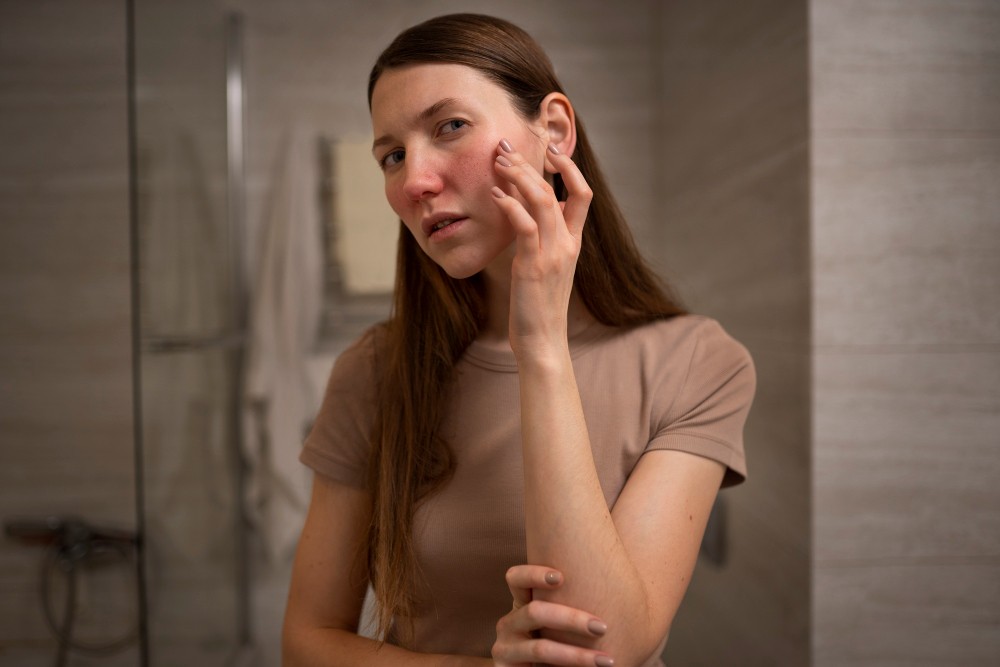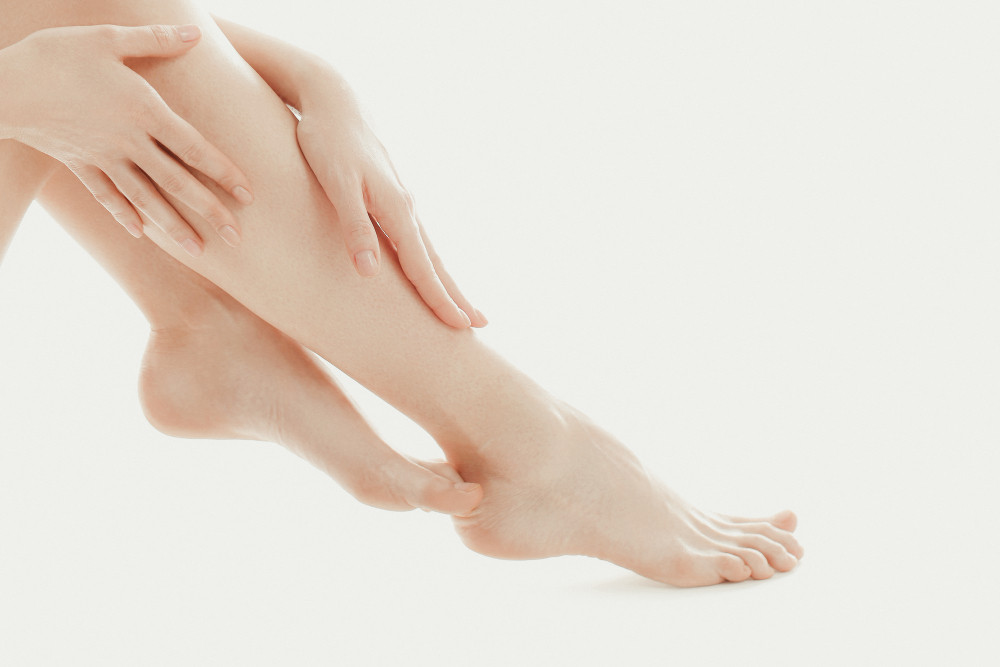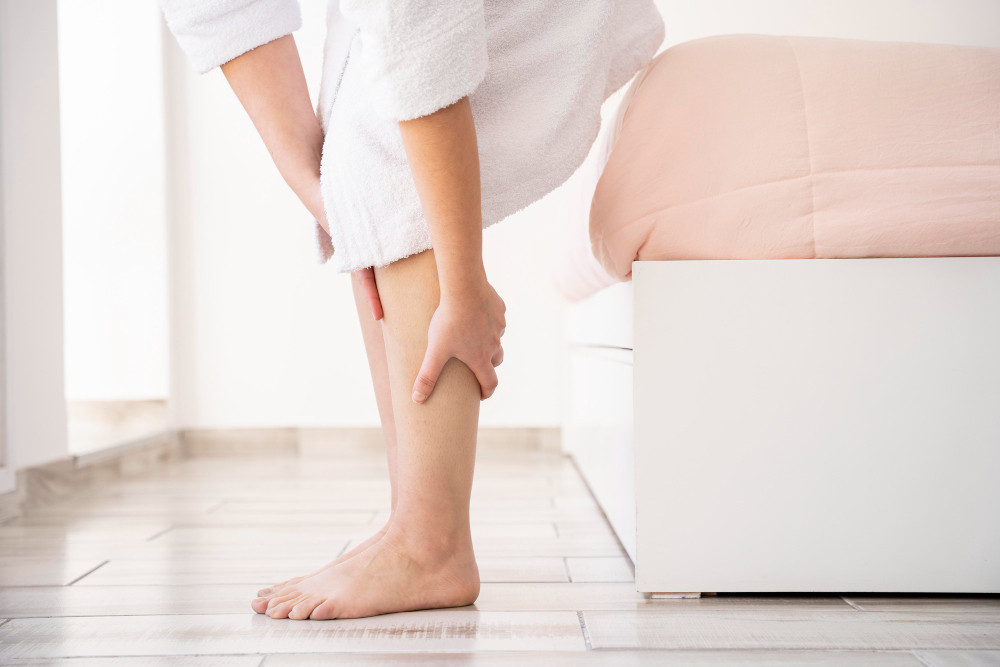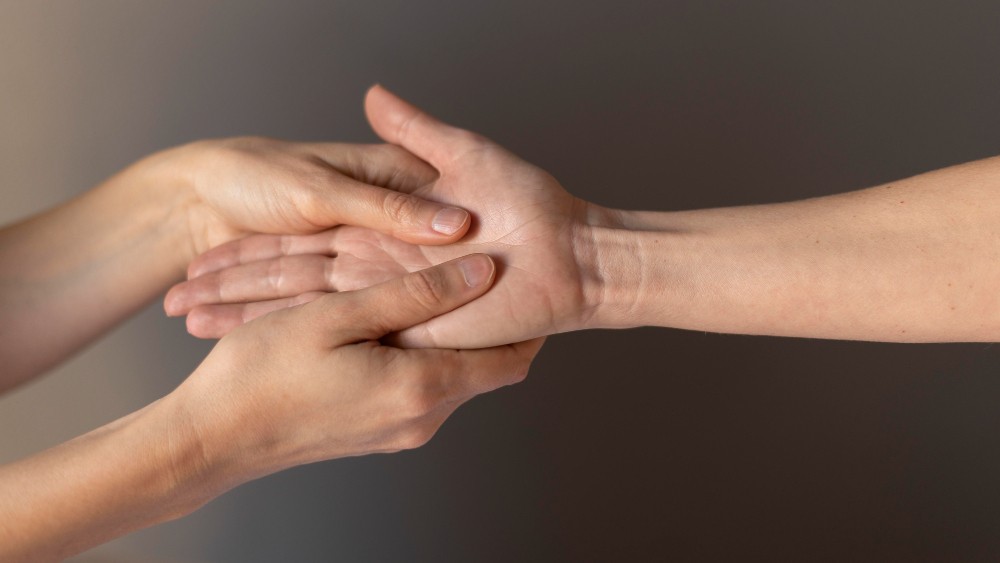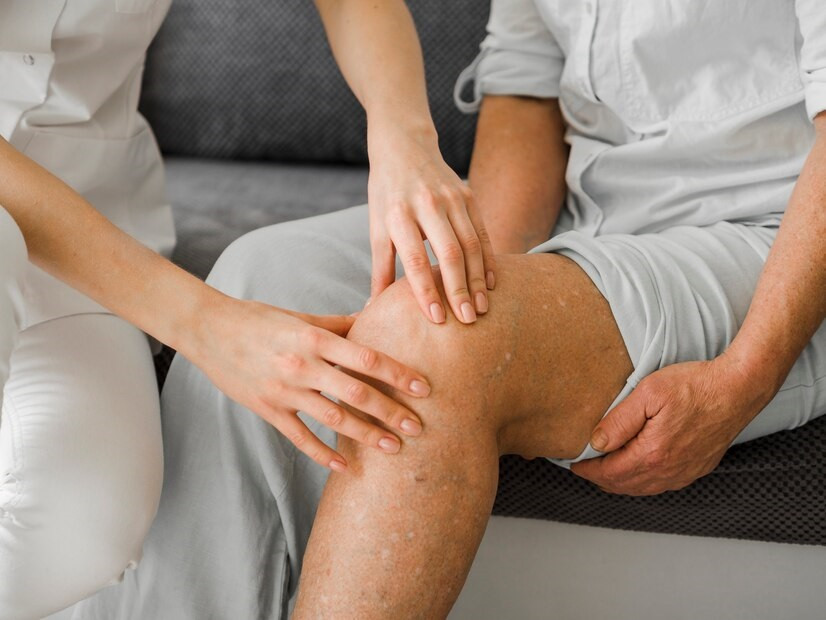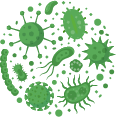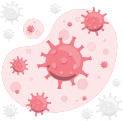Have you noticed blood vessels on the skin that resemble a spider web? These are called spider veins, a condition similar to varicose veins, often appearing on the face or legs in shades of red, purple, or blue. What causes spider veins, and how can they be treated? Let's explore this topic further.
What Are Spider Veins?
Spider veins, also known as telangiectasias, are visible blood vessels that appear just beneath the skin's surface. These enlarged or ruptured vessels create fine reddish or purplish-blue lines that are clearly noticeable. These lines often cluster together, forming a pattern similar to a spider web or tree branches.
Although spider veins resemble varicose veins, there is a key difference. While varicose veins involve damaged veins, spider veins occur when the capillaries (the smallest blood vessels) are damaged.
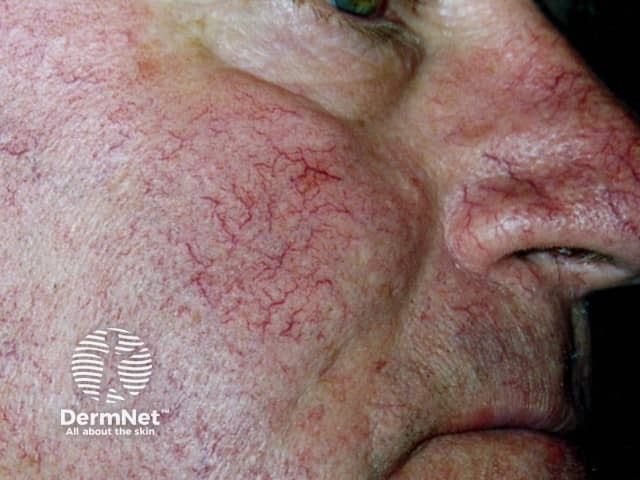
Spider veins usually do not signify a serious health issue. However, some people may feel self-conscious about their appearance, especially when these veins form on the face. In rare cases, spider veins may indicate chronic venous insufficiency, a condition that affects blood flow in the veins, particularly in the legs.
Causes of Spider Veins
Spider veins can affect individuals of all ages, from children to adults. Some people are more prone to developing spider veins due to genetic factors or other conditions. Here are some common causes:
-
Genetic factors: If one or both parents have a history of spider veins, the chances of developing them are higher. Additionally, the risk increases with age.
-
Pregnancy: Hormonal changes during pregnancy, particularly increased estrogen levels, can increase the likelihood of capillary rupture. In many cases, spider veins related to pregnancy can heal on their own after childbirth.
-
Rosacea: This condition causes small blood vessels beneath the skin of the face to widen or burst, leading to redness and the appearance of spider veins.
-
Sun exposure: Prolonged exposure to the sun can damage the skin's outer layer, making capillaries more visible.
-
Weather changes: Hot weather can cause blood vessels to expand, making them more noticeable.
-
Alcohol consumption: Excessive drinking can contribute to the development of spider veins.
-
Injuries: Minor to severe injuries can lead to bruising, and broken blood vessels may be visible, especially on the face.
How to Treat Spider Veins
Spider veins are generally harmless, though they can affect one's confidence. Treatment options for spider veins depend on factors like their location, size, and extent.
Some treatments for spider veins include:
-
Laser therapy: This treatment involves the use of light energy to target and eliminate the damaged blood vessels. After laser therapy, it's important to avoid UV exposure for several weeks to ensure optimal healing and prevent irritation.
-
IPL (Intense Pulsed Light): Similar to laser therapy, IPL uses light to heat and destroy damaged capillaries. Post-treatment care is also the same as laser therapy, including avoiding UV light exposure.
-
Retinoids: Topical retinoid creams can help improve the appearance of spider veins, particularly on acne- or rosacea-prone skin.
-
Sclerotherapy: This treatment involves injecting a solution into the affected blood vessels to close them off, allowing blood to flow back into healthy vessels.
Spider veins can occur in both children and adults and are generally not dangerous. However, if they are accompanied by other symptoms such as varicose veins, cramps, or leg itching, it may indicate a vascular disorder. If you have concerns about your health, consider consulting a doctor or using the Ai Care app, available for download on the App Store or Play Store.
Looking for more information about other diseases? Click here!
- dr Nadia Opmalina
Johnson, J. (2024). What causes broken blood vessels on the face?. Available from: https://www.medicalnewstoday.com/articles/321387
Cherney, K. (2023). What’s Causing Broken Blood Vessels on My Face?. Available from: https://www.healthline.com/health/broken-blood-vessels-on-face
Cleveland Clinic. Spider Veins. Available from: https://my.clevelandclinic.org/health/diseases/24567-spider-veins


